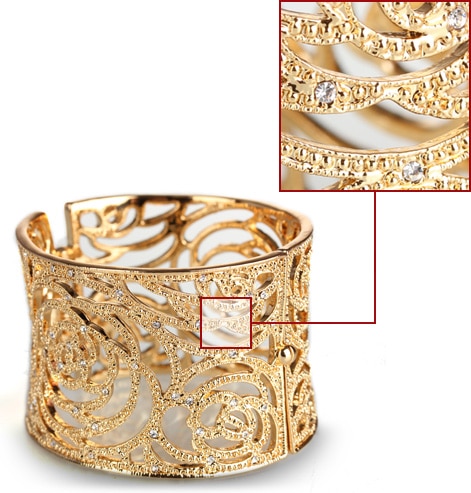Laser welding has revolutionised the way jewellers, goldsmiths, dental technicians, and precision engineers work. Whether you’re repairing delicate jewellery, adjusting dental frameworks, or fixing eyewear, laser technology offers speed, accuracy, and professional results.
In this guide, we’ll explain what laser welding is, how it works, its applications, and the tools you’ll need. We’ll also help you decide which machine is right for your workshop.
Laser welding is a process that uses a focused laser beam to join metals with extreme precision. Unlike traditional soldering or arc welding, laser welding produces minimal heat outside the weld area, reducing distortion and keeping surrounding materials safe.
-
A Nd:YAG laser (most common in jewellery and small-scale work) generates a concentrated beam.
-
This beam is directed to the weld point, fusing metal with pinpoint accuracy.
-
Operators can adjust power, pulse duration, and spot size to suit the metal and repair type.
This makes it possible to weld even the most delicate pieces without risk of damage.
Laser welding is widely used in:
-
Jewellery repair & assembly – fixing jump rings, porosity, claws, chains, and resizing
-
Watchmaking & eyewear repair – precision repairs without dismantling
-
Dental & orthodontic labs – adjustments and framework welding
-
Precision engineering – small-scale, high-accuracy metalwork
-
Precision – welds as small as 0.2 mm
-
Speed – faster than soldering or arc welding
-
Strength – high-quality welds with minimal porosity
-
Flexibility – works on gold, platinum, palladium, silver, steel, cobalt chrome & more
-
Cost efficiency – no need for solder or Argon gas (depending on the model)
There are many laser welders on the market, ranging from large industrial systems to compact workshop-friendly units.
For jewellers and small workshops, the DaDo Laser Welder range is one of the most popular solutions. Compact, affordable, and powerful, it has opened up professional laser welding to smaller businesses.
If you’re comparing models, check out our DaDo 1.0 vs DaDo 2.0 Comparison Guide to see which one best suits your needs.
-
Compact (34 × 34 × 34 cm) – fits any workspace
-
Affordable – around one-third the cost of many larger welders
-
App-controlled – simple to use, even for beginners
-
Powerful – especially the DaDo 2.0 Laser Welder, which offers 50% more power than the original
If you’re new to laser welding, here’s how to get started:
-
Choose your machine – compare options and select the right welder for your workshop.
-
Learn the basics – adjust spot size, power settings, and frequency.
-
Practice on test pieces – build confidence before working on valuable items.
-
Maintain your machine – regular cleaning and liquid cooling checks keep your welder running smoothly.
Final Thoughts
Laser welding is no longer reserved for large manufacturers. With compact, affordable machines like the DaDo series, jewellers, dental technicians, and precision engineers can access professional-quality welding in their own workshops.
Whether you’re just starting out or considering an upgrade, laser welding can transform the way you work.











